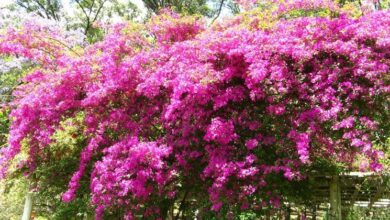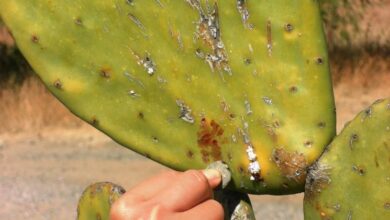Chinotto fruit
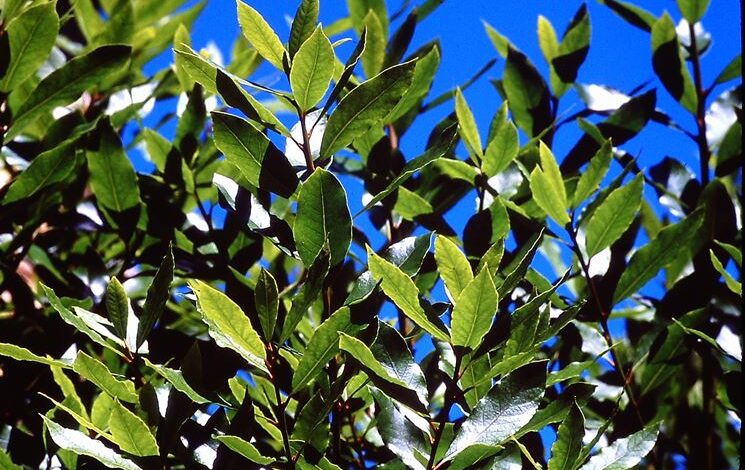
When to water the plant
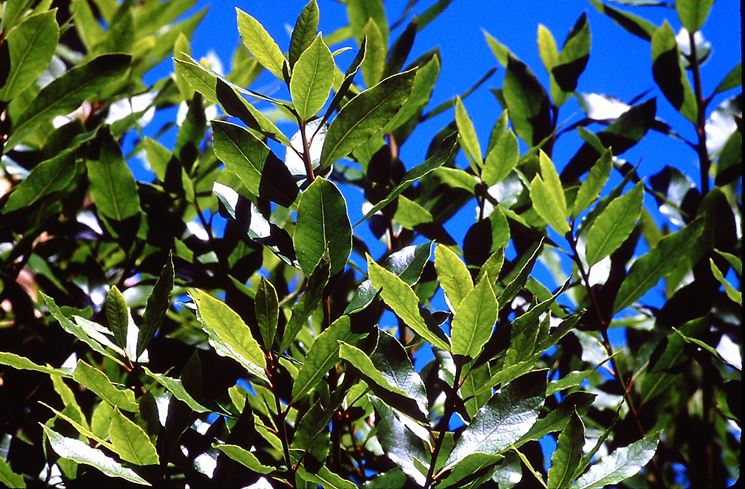
How to take care of it
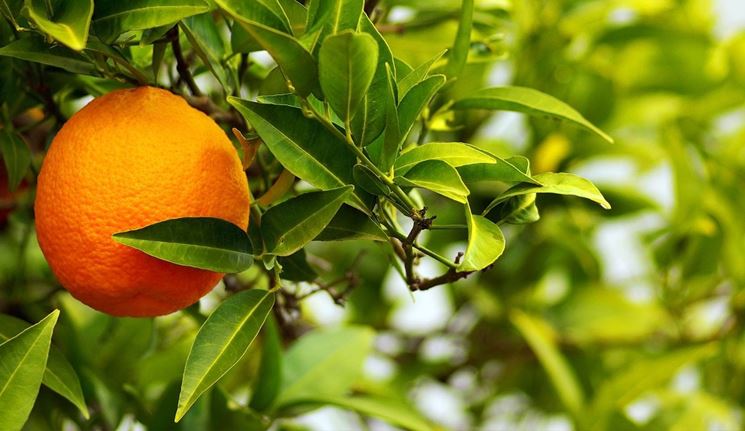
The chinotto fruitit is highly appreciated for its flavor and its use in the production of the drink, but it is also considered an ornamental plant. Usually, it does not exceed three meters in height, in fact it also lends itself very well to cultivation in pots. Once the soil in which to plant the tree has been chosen, it must be kept away from too cold temperatures (being a citrus fruit, the growth of the chinotto is threatened by the cold) and gusts of wind. To better take care of the plant, a pruning operation is necessary, to be carried out strictly in the month of March, at the end of winter. Pruning should be concentrated mainly on branches that grow too close to allow air and light to circulate better. Furthermore, the suckers and obviously the dried branches or infected by diseases must be removed.
How to fertilize
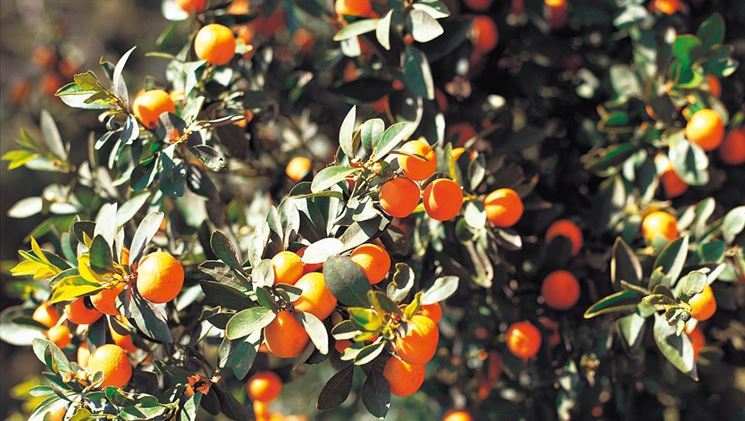
The chinotto tree prefers porous and well drained soils, in order to avoid water stagnation, very threatening for the correct growth of the chinotto fruit and the respective plant. Therefore, more sandy or clayey areas are usually chosen to plant its stem. If the tree is planted in the winter period, it is advisable to fertilize immediately with a mature fertilizer, to ensure the right nutrients the plant needs to face the cold season. The fruiting of the plant takes place around its fourth year of age, between the months of June and December. Therefore it is necessary to fertilize the earth with simple citrus fertilizer when the plant is still in the flowering period. Once the chinotto fruit takes on the characteristic orange color,
Chinotto fruit: How to prevent disease
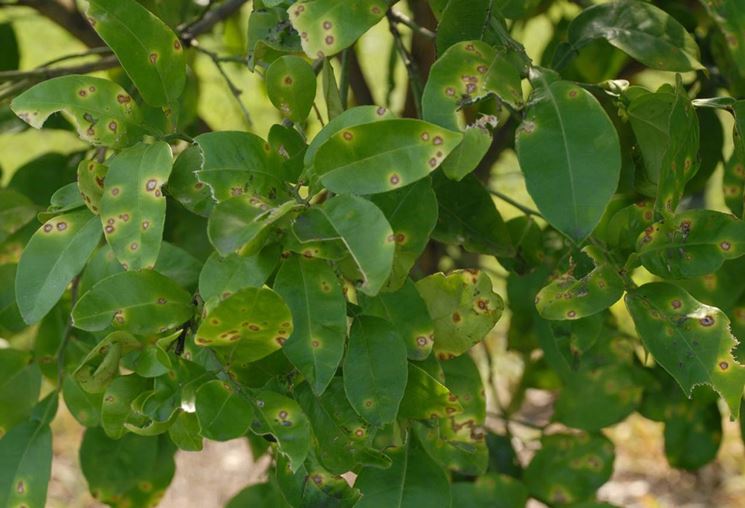
The tree is very subject to the attack of parasites or diseases, so special attention must be paid to prevent problems that may compromise the growth of the chinotto fruit and the plant. The main problems for this plant are cold currents and low temperatures. To prevent these situations it is necessary to put the tree away from too harsh climatic conditions. Another threat to the plant is given by the dry sore, that is a disease caused by a particular fungus that can enter the plant through cuts or micro-lesions left uncovered during the pruning phase and can compromise the integrity of the chinotto fruit and of the whole plant.

